\r\n
This is a list of the various formats we convert. There are other formats, not covered here. Please Contact Us to inquire about any format, whether listed here or not. We will do our best to find a solution for you.
\r\n
\r\n
This is a list of the various formats we convert. There are other formats, not covered here. Please Contact Us to inquire about any format, whether listed here or not. We will do our best to find a solution for you.
\r\n
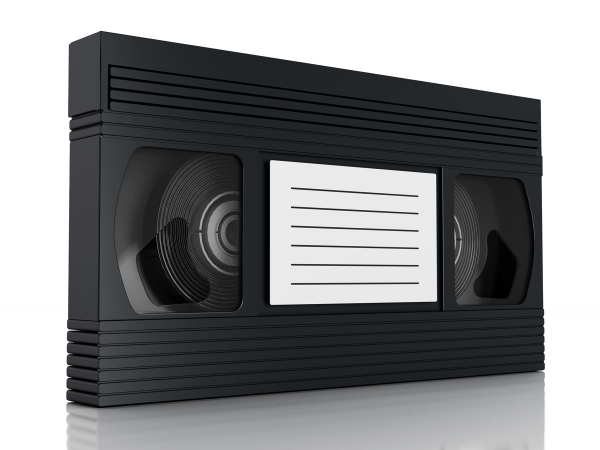
VHS (Video Home System), been around since the late 70s to the early 2000s, and by far the most popular consumer format. A VHS tape in EP (Extended Play) mode can record up to 10 hours. Most popular varieties are: VHS, VHS-C and S-VHS. Believe it or not, but VHS had a Hi-Def version called W-VHS and D-VHS, used mostly in Japan. Good to know, right? Also, interesting to note, there are professionally made movies that still only exist on VHS.
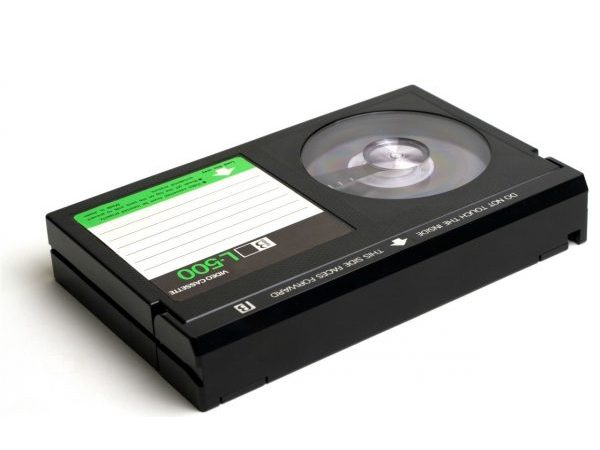
Betamax (aka beta), been around from late 70s to late 80s, and is known to most as the losing format in the infamous “format wars”. Luckily, no shots were fired, but Beta was defeated. However, the Beta technology was the precursor to the very successful professional Beta type tapes that still exist today, while VHS never made it beyond home video (and the obscure M format). Who’s the real winner then? You decide! Also comes in a very rare SuperBeta format.
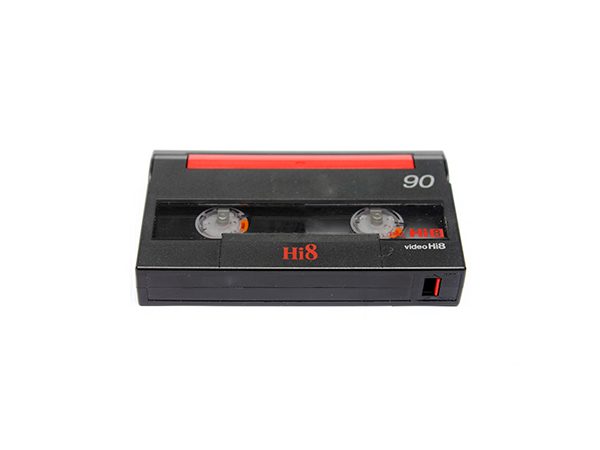
Video8, Hi8 and Digital8, an offshoot camcorder compact cassette successor to the Betamax format, been around since the mid 80s and ended in the early 2000s. Fairly popular format due to its small tape size. Hard to believe, but some airliners still use Video8 for in-flight entertainment, even though it is rapidly changing. Legacy lives in the most unexpected places, especially in high altitudes.
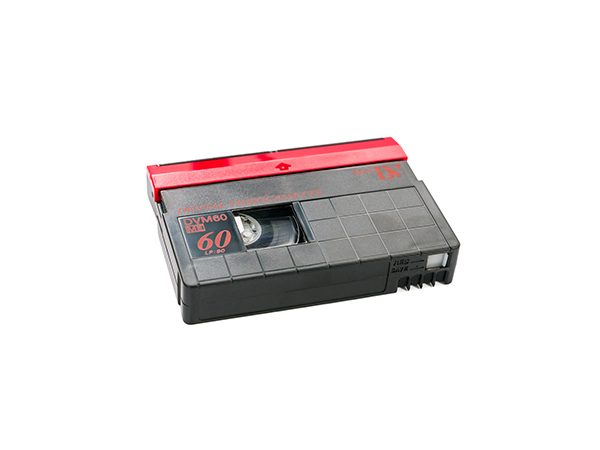
DV, MiniDV, DVCAM, DVCPro & HDV, been around since mid 90s to late 2000s, and at the time were spearheading a technology revolution. Today mostly relegated to the relic of tape media, some of these variants are still in limited professional and home use. Most DV tapes record up to an hour, but the more pro formats of DVCAM, DVCPro and HDV can go up to 3 hours. Offered mostly by Sony and Panasonic, there was a controversy at the time whether the brands could be intermixed, claiming it may damage the tapes and equipment. Conspiracy? We’ll probably never know.
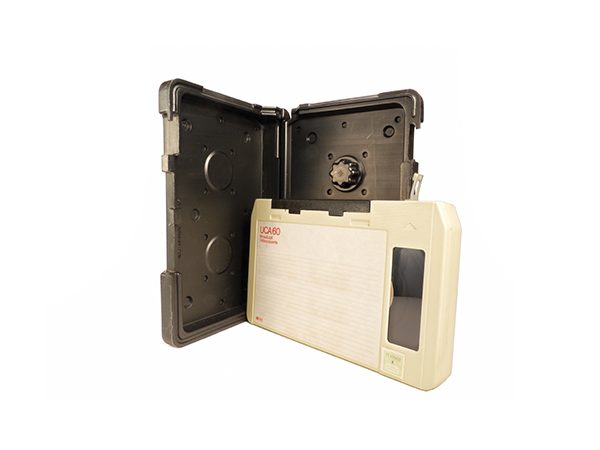
U-Matic (aka as ¾”), introduced in the early 70s and been around until the late 80s, was originally intended for home use, but ended up being a professional format. You know… as it happens. And yes, it also has a U-Matic S (smaller cassettes), and a U-Matic SP (higher quality). If you have those tapes, you must have done some professional TV or film work. Oddly enough, this format is still in use in various parts of the world and new tapes are still being made. Some formats, it appears, just die hard.
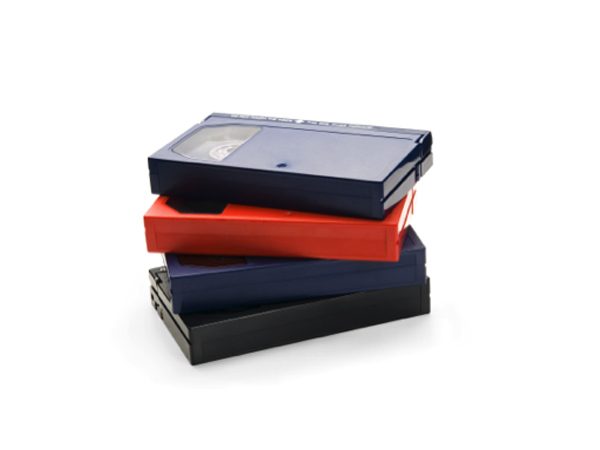
Betacam, Betacam SP, Betacam SX, MPEG IMX and Digital Betacam, earliest variation introduced in early 80s, most variants were phased out by mid to late 2000s, however Betacam SX and Digital Betacam (Digibeta) are still in professional use today. Once epitomizing top-of-the-line quality for video, today the format gave way to the HD Beta variants HDCAM and HDCAM-SR. If you happen to have some pro Betacam tapes lying around, chances are the transfer quality will be very good.
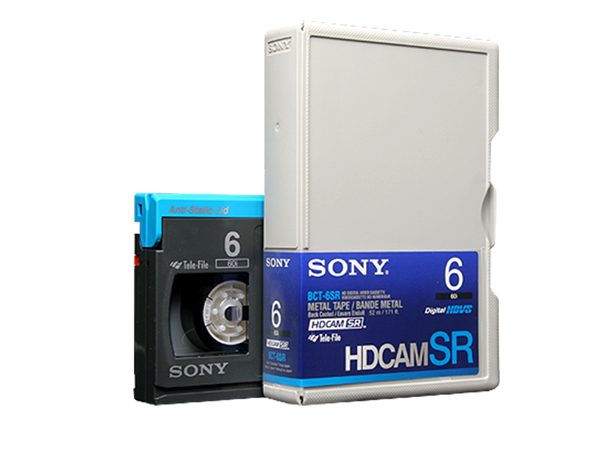
HDCAM & HDCAM-SR, started late 90s and still around today, are the Betacam HD variants. Strictly in professional use. HDCAM-SR to this day is the only tape format that allows recording of 3D content, as well as a 4K data mode. As powerful of a tape format thats it is, it could not have avoided the inevitable fate that befell all videotape formats – the “digital death” by tapeless media.
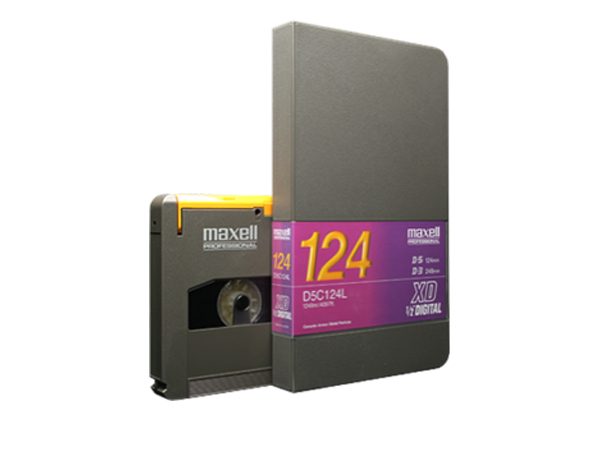
D-1, D-2, D-3, D-5 and D-5 HD, started mid 80s and mostly discontinued in the mid to late 90s, with the D-5 HD still in very limited legacy use. Strictly limited for professional use. The D-5 HD format was the last videotape with the ability to record 2K video signal (and the only digital videotape able to do so).
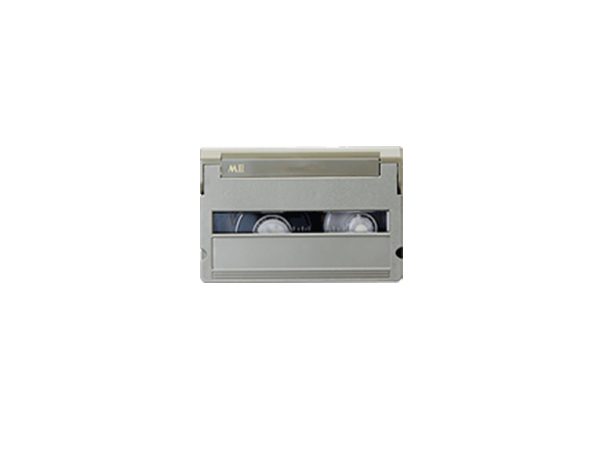
M and MII (incorrectly aka M2), been around from early 80s and lasted until mid 90s. Remember the VHS-Betamax format wars? The M format was the successor to VHS. Used in the US and UK mainly (or should we say “chiefly”) for broadcast, this videotape is truly one of the rarest. If you happen to have some, hold on to them. Maybe one day they’ll be worth a fortune. You just never know…
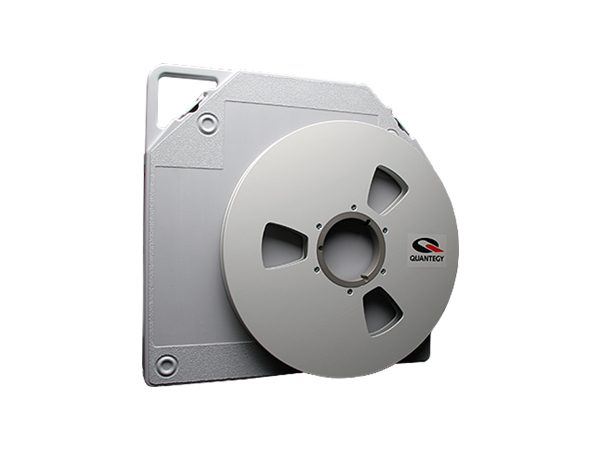
1” reel-to-reel, been around from mid 60s to early 80s (with some limited use lasting into the 90s), has history dating back to the 20s, as well as a ½” variant that was in consumer home use in the 60s. Comes in 3 varieties – Type A, B & C, it used to offer a remarkable picture quality for its time. Unknown by many, type B had a VCR with a capacity to record 2K (HDTV) video already in mid 90s!!! Take that, D-5!
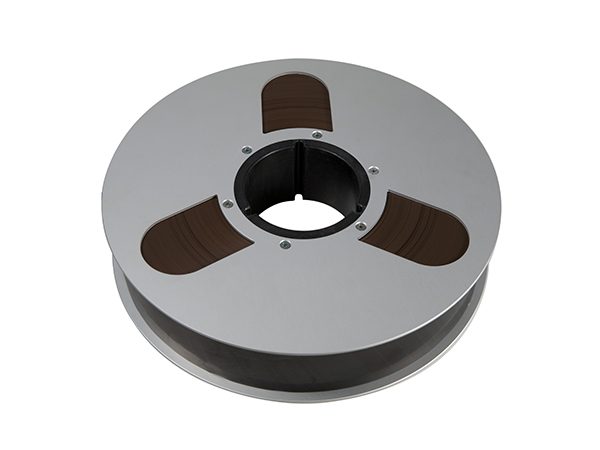
2” Quadruplex reel-to-reel (aka quad), been around from the mid 50s to the late 70s, is truly a beast. With a heavyset chassis, need for 3-phase power and constant flow of external pressurized air, this format deserves the title of a legacy format, and is considered the first successful analog tape format. Used for broadcast, space, military applications and others, it used to offer a very high quality of both video and sound. Those reels today are among the rarest of the rare.
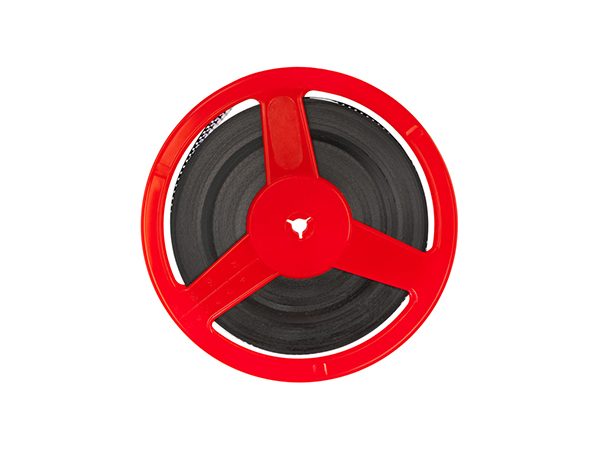
Standard 8mm & Single 8mm film, introduced in the early 30s and commercially declined in the early 90s, 8mm film is still manufactured and used by hobbyists and film enthusiasts worldwide. Some 8mm film reels contain sound, which can be easily distinguished by a thin magnetic stripe on the side. 8mm film reels typically come in variety of 50 ft (3”), 100 ft (4”), 200 ft (5”), 300 ft (6”) and 400 ft (7”).
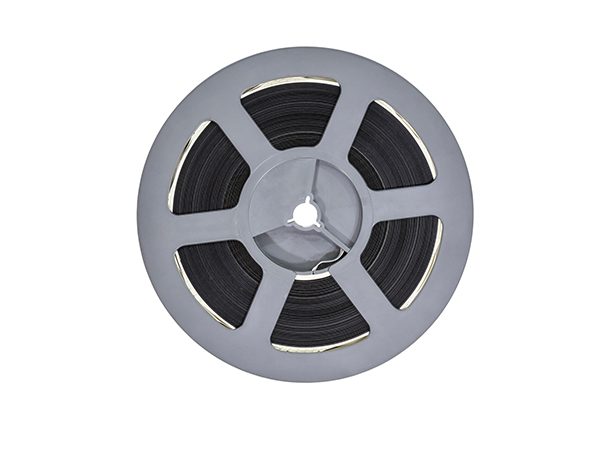
Super 8 film, been around from mid 60s and still in use today, it has similar size of 8mm film, but is used by exposing larger part of the frame. Super 8 comes in similar reel configurations to Standard 8mm film. And similar to its 8mm counterpart, it may contain sound. This format is still popular today by film hobbyists.
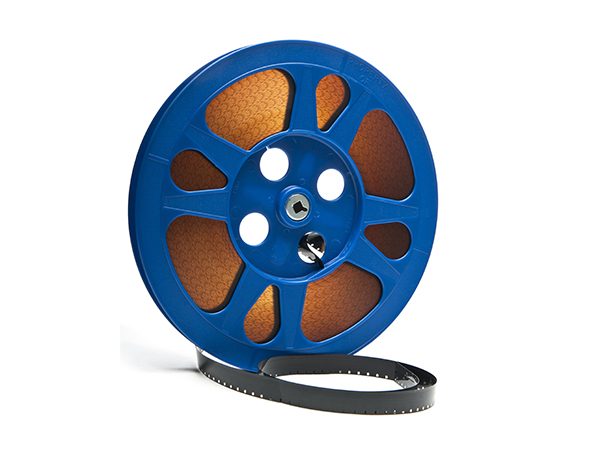
Super 16mm Film (Super 16), been around since the late 60s, and just like Standard 16mm, is still in limited use today. By utilizing a larger part of the frame, Super 16 produces a better picture quality. Super 16mm film reels come in similar configurations to the Standard 16mm, however, Super 16mm is incapable of containing sound.
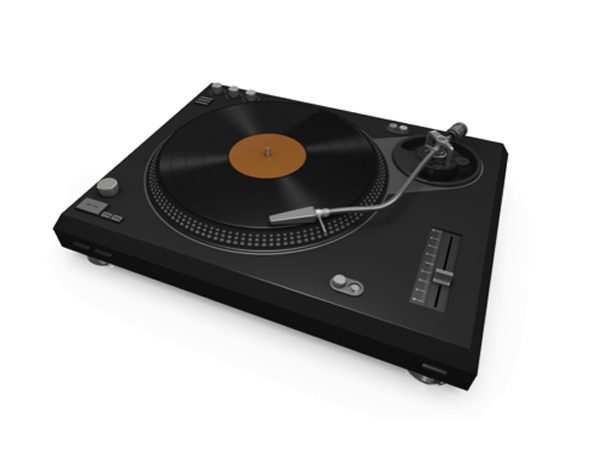
Vinyl Record, based on the 1880’s gramophone technology, has been around since the early 20s and is still in use today, recently regaining popularity. Vinyl records went through many iterations, with the LP, 45 & 78 being introduced in the late 40s. Vinyl records come in many sizes, lengths and speeds, and are most like the media format with most variations. Vinyl records are going through a revival as of lately, gaining in popularity and sales, so hold on to your vinyl!
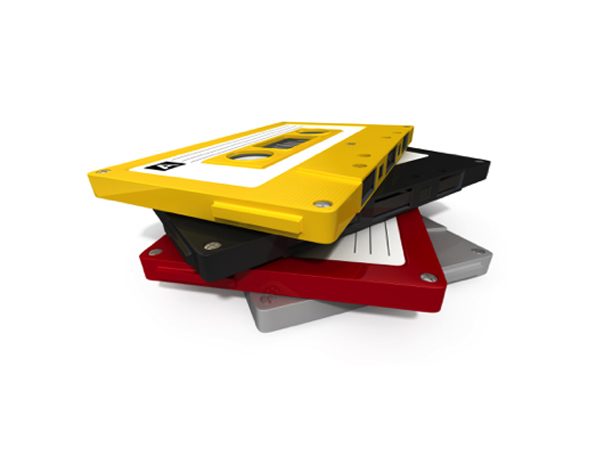
Audio Cassette (aka Cassette), Mini-Cassette, Micro-Cassette, been around from early 60s and virtually ceased in the late 2000s (cassettes and cassettes players/recorders can still be bought), and been the most popular audio media until the CD. Cassette lengths generally run from 10 mins to 2 hours (with 3 hours being in existence). Some of you may even remember audio cassettes used as computers data tapes. Just like the vinyl record, audio cassettes are having a renaissance, albeit much smaller.
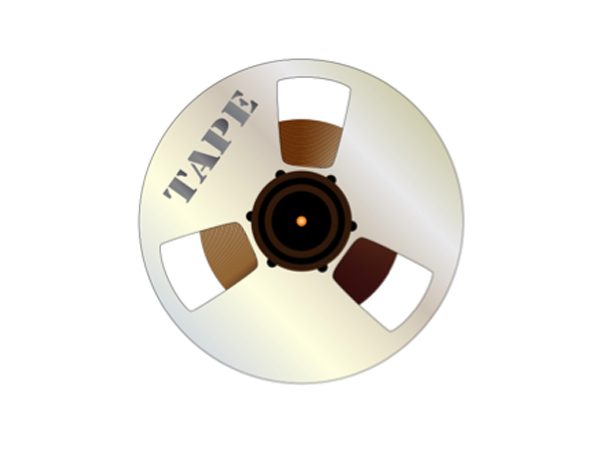
¼” and ½” reel-to-reel tapes (aka open-reel), been around since the 50s, gained popularity in the 60s and mostly disappeared by the mid 80s, are still in very limited existence and use today. Based mostly on German technology acquired after WWII, its overall mechanics laid the foundation to magnetic audio recording till this day. ¼” and ½” reel-to-reel tapes run at various speeds of IPS (inch per second), with some recorders/players able to record several discrete tracks, as well as recording in both directions. Most common reels sizes are 3”, 5” and 7”. 1” and 2” width audio reels also existed, limited to professional use.
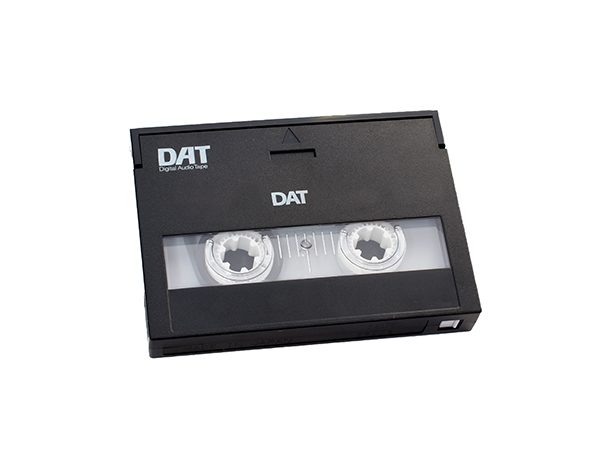
Digital Audio Tape (aka DAT) and DA88, been around since late 80s and mostly discontinued in the early 2000s and before due to rise in recordable CDs and digital drive recorders. With appearance similar to the audio cassette, DAT tape lengths vary from 15 – 120 mins. The DA88, a type of DAT tape that records 8 tracks, was used by sound professionals in the 90s. Unknown by many, DAT faced strong opposition in its early days, including a bill introduced by Al Gore (yeah, the Inconvenient Truth guy), aimed to block it out of piracy fears. Since DAT (like the audio cassette) was used as a computer storage device, the computer industry successfully exempted said legislation, laying the ground to the rise of consumer copyright infringement that is so ubiquitous on file torrents today. Hmmm, thank you… IBM??
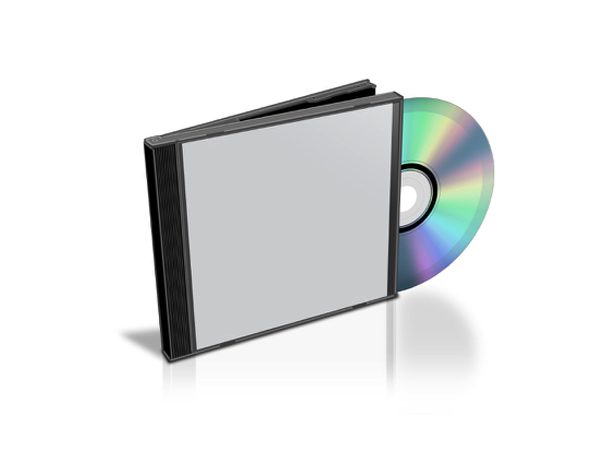
Compact Disc (CD), Mini CD, been around since the early 80s and still in use today, albeit declining, most CDs are fairly standard with 700MBs storage capacity, which equals 80 mins of audio recording. The CD format is limited to 44.1KHz / 16-bit, which is considered the bare minimum for human-consumption sound reproduction. CD has several variations, most notably are the recordable (CD-R) and rewritable (CD-RW), as well as more obscure, such as Photo CD and Video CD (VCD) among others. High capacity CDs exists with 800MBs of storage, offering 90 mins of music recording, yet limited in compatibility. Just like its DVD video counterpart, the CD format, while in decline, is not going away without a fight.
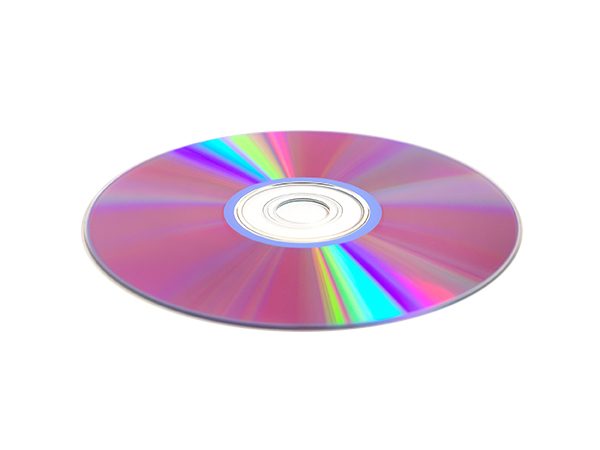
In the beginning, there was LaserDisc (LD). Been around since late 70s (around the same time VHS started) and lasted until 2000. Large as a vinyl record and with limited recording capacity of 30-60 mins per side, the LaserDisc never really made it as a major format. Oddly enough, LaserDisc didn’t lose out to its actual successor, the DVD, but lost to the obviously inferior formats of VHS and Betamax (remember those format wars?), for reasons such as price and lack of home-based recording ability. Interesting proof that superior technology does not always prevail. However, the LaserDisc technology did lay the foundation to the CD, DVD and other optical media variations. So remember – in the beginning, there was LaserDisc.
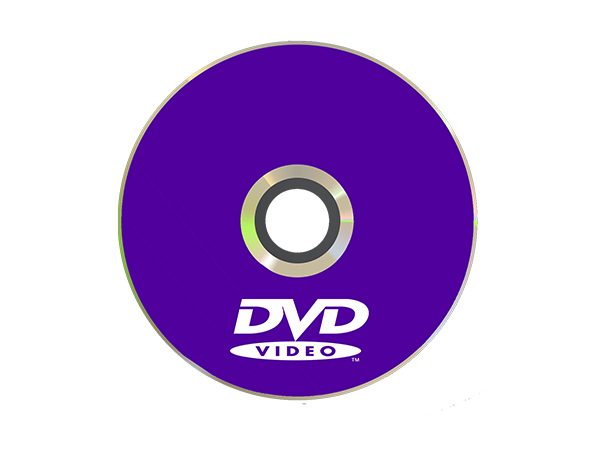
Digital Versatile Disc (DVD), been around since the mid 90s and still in use today, it reached mass-market adoption by the early 2000s. If you went to a video store (remember those?) at around 2000, you would have seen 90% of the movies on VHS and 10% on DVD. 3 years later it was total opposite, with DVD dominating 90% of the shelf space. DVDs come in several varieties – most common is the DVD-5 (~4.7GBs). Other variants include DVD-9 (~8GBs) and DVD-10 (~9GBs), among others. Some discs are single-layered, while some double. Some can be recorded once and some are rewritable. There is an AVCHD, which is a DVD that contains HD content. While the DVD media is fairly damage-resistant when handled properly, it is important to note that DVD shelf life is measured in anywhere from 15 – 45 years. As of today, DVDs still exist as a viable and accessible format to everyone.
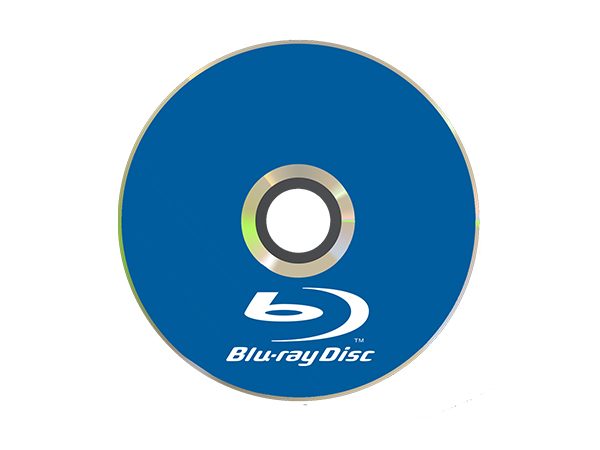
Blu-ray Disc (BD), developed in 2000 and introduced in 2006 (earlier in Japan, of course!) and is still in use today, having defeated the competing HD DVD format in yet another short-lived “format wars”, Blu-ray is the current survivor of the recorded physical media realm. With the ability to display video not only in HD, but also Ultra HD (a new emerging TV broadcast standard that is considered 4K), as well as 3D, Blu-ray not only provides very high picture quality, but it can be designed to be a very interactive format. With storage capacity of 25GB, 50GB and 100GB, Blu-ray discs can be a very affordable and versatile medium for data storage. Mini BD also exists. Despite its robust quality and usefulness, BD never gained a wide-market share, and with mounting competition from digital and internet streaming services, the Blu-ray format may be the last mass-produced optical media to exist.
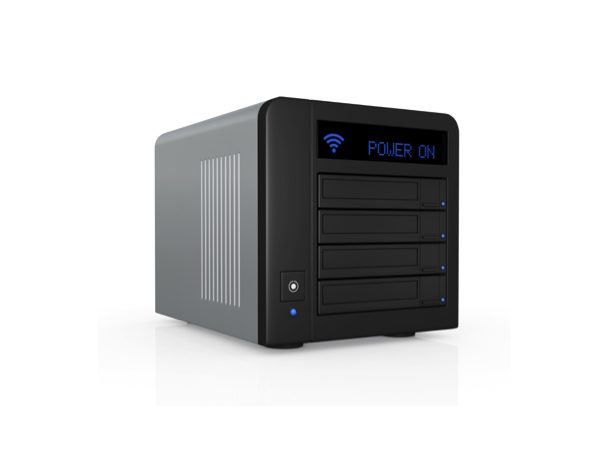
Computer Hard Drive (aka Hard Drive, Hard Disk, HDD), been developed in the mid 50s, yet only gained mainstream penetration in the 80s, and still in use today, is today and future’s primary method of recording and storing information. Hard drives are mostly measured by their storage capacity and rotational speed, despite having several other parameters. 5,400 – 7,200 revolutions per minute (rpm) is considered standard, while 10K – 15K is considered high-performance. Over the years, capacity has increased from just under 4MBs (megabytes) to 10TBs (terabytes) for individual drive. Hard drives today exist in 2.5” and 3.5” sizes and can be mounted internally or externally. One of the most significant advancement in drive technology is the advent of solid-state memory (flash memory), which in contrast to the traditional rotational magnetic components, has no moving parts nor is it magnetic. Hard drives can be configured to work individually, or in groups, often called RAID (redundant array of independent drives), which enables high-performance, data protection and other functions.

USB Flash Drive (aka Flash Drive, Thumbdrive, USB drive), been around since 2000, as well as other flash memory variants including Memory Stick, Secure Digital, CompactFlash and others, is technically a form of a hard drive, yet since it is one of the only physical media format that is actually growing in use today, and because of its small and personalized size, we decided to dedicate this format its own entry. USB drives are flash memory based, meaning that the information is stored electronically and not magnetically, and with no moving parts, and therefore are extremely durable and easy to use and transport. Today, USB drives have storage capacity of up to 1TB. USB drives are generally designed with a shelf life of 10 years and from 3,000 – 10,000 write and erase operations (more than plenty for most). USB drives can fail without early indication (unlike traditional hard drives), and due to their ease of transport and use on various computers, are more at risk of contracting a computer virus. Last, due to their small size, USB drives can be relatively easily lost. In fact, if you’ve never lost a USB drive, please give yourself a robust pat on the back. Limitations aside, the USB flash drive is definitely here to stay for a while.
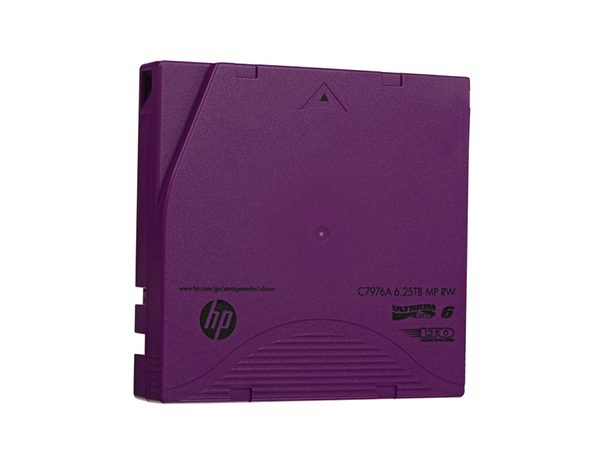
LTO (Linear Tape-Open) (aka Ultrium), launched in 2000 and still in use today, is one of the last surviving writable magnetic tape media (among DLT, SAIT, IBM 3590 and others). With capacity range from 100GB to 6TB (terabytes) (15TB in compression mode), the LTO format is today’s most widely accepted and best selling tape format, easily outpacing all of its competitors. With the proliferation of tapeless media, large video files such as HD, 4K and ever increasing amount of media created, the LTO format was simplified by enabling LTO tapes to directly mount onto computers, just as a standard external drive would (linear tape file system, or LTFS), in order to provide a cost-effective long-term storage solution. Using LTFS, LTO tapes can be much more easily accessed. One of the key disadvantage of the LTO format, being it comparatively slow and not as ubiquitous in the typical home environment, is also its key advantage, having it being one of the best archival formats of today, limiting content from accidental deletions, critical failures, contracting viruses and other problems that exist with over-usage of personal and more accessible hard drives.

Cloud Storage (aka The Cloud), surprisingly been in very limited existence since the 80s, but truly gained prominence with Amazon’s cloud storage launch in 2006, and has been exponentially growing since. The cloud is essentially a cluster of remote servers, scattered globally, with scalable storage capacities, and which connects the end-user through a host, acting as an account manager and holder. In fact, you can even consider your email, hosted on a remote server, to be a form of cloud storage. Cloud storage enables users to store and access large amount of data. Since the entire concept and practicality of cloud storage and computing is relatively new, it is still early to predict how it will evolve. However, aside for some of the immediate benefits bestowed in the cloud, there are some disadvantages, such as monthly recurring costs, remote server breach and critical loss risks, accidental data sharing, malicious hacking, periods of inaccessibility, risk of host going bankrupt and others. In fact, it may be impossible to truly assess the risk exposure of cloud-stored data. So please, don’t upload your social security number and bank accounts to the cloud (or somebody will “make it rain”).
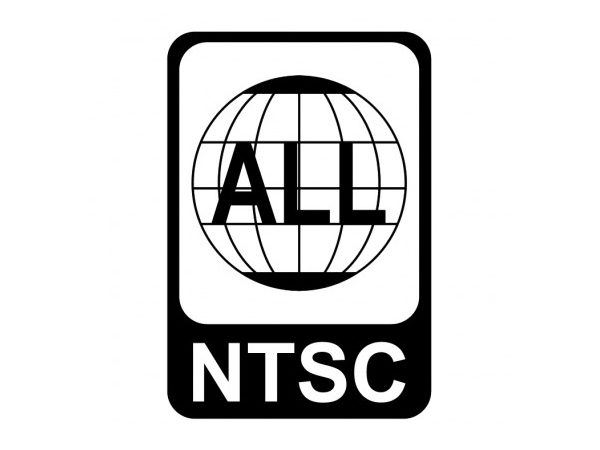
NTSC (National Television System Committee… sounds a bit Soviet) is a TV standard-definition analog broadcast standard developed in the 40s, and we were literally stuck with it until 2009, when HDTV and DVB liberated us to freedom. NTSC has been mostly prevalent in North America, Mexico, parts of South America, Japan, Korea and a few other Asian countries. Since the NTSC standard (aka “never the same color”) predated the advent of color TV, certain compromises were introduced to ensure black-and-white TV owners were able to enjoy TV just the same. For the video geeks out here, you may be surprised to know that NTSC initial iteration had 24 frames per second, and was later changed to 29.97 as color TVs became more ubiquitous. It is interesting to note when comparing NTSC and PAL, that NTSC frame is smaller than PAL (525 lines vs 625), its color phasing is inaccurate in comparison (remember that “hue” button?) and its frame rate farther away than the 24 frames-per-second running speed of film. It will be nice to know one day who was responsible for this…

PAL (Phase Alternating Line… sounds like something out of StarTrek) is a TV SD analog broadcast standard developed in the 60s after reacting to the obvious shortcomings of the NTSC standard, and smartly applied in many European countries, most of Asia, parts of the Middle East, Australia and large parts of Africa. PAL has 625 lines, vs NTSC’s 525 (about 20% larger picture), does not suffer from color phasing (shifting) and runs at 25 frames-per-second, which closely resembles the running speed of film. In two words – much better. PAL has a few variations, such as PAL-M, PAL-N, PAL-B/G, PAL-D and others, because… why not. Keep it complicated. Some countries are still using the PAL system, a true indication that even today, our world does not march forward at an even pace.
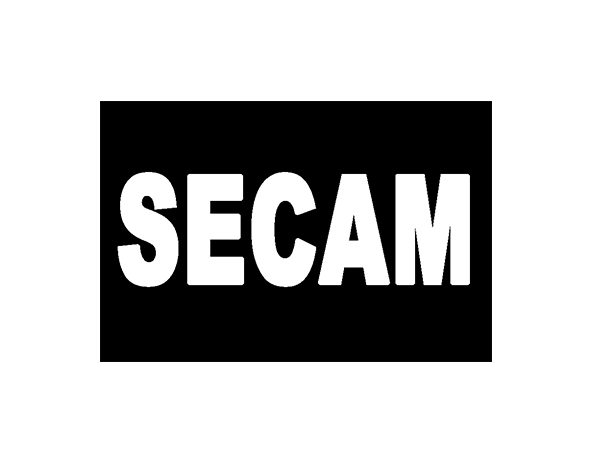
SECAM (from French, let’s no go there), been introduced in France in the early 60s, also as a response to the shortcomings of NTSC. Somehow, the Russians got involved, and this being well into the Cold War, they clearly couldn’t readily accept the US-lead “Capitalist” NTSC system or even the German-made PAL system, and therefore the SECAM TV broadcast standard was proliferated to the entire Eastern Bloc, as well as African countries under French influence, demonstrating that technological advancements can sometimes be politically motivated as well. In reality PAL and SECAM are somewhat similar standards using similar frame rate and 625 scan lines, and in some respect SECAM is considered better than both PAL & NTSC. With the fall of Communism, some countries left SECAM for PAL, some migrated to digital, and some, like Kazakhstan are still stuck with it. As Borat would say “is nice, I like!”, even though we don’t.

HD (High Definition) and UHD (Ultra High Definition), now part of the new Digital Video Broadcasting (DVB) standards, in themselves, a complex umbrella of various terrestrial, satellite, cable and mobile broadcast standards deployed around the world, and conforming to constantly-evolving and various headache-inducing specs. HD was first introduced in the mid 30s, been in constant development in analog form throughout the 80s, but actually became a reality with the rise of digital video in the 90s. The frame size of HD is mostly 1280×720 or 1920×1080 (the latter being about 5 times the pixel count of NTSC video frame), while UHD represents frame size of 3840×2160 (4K) and 7680×4320 (8K, a nascent format). HD and UHD both have a large variety of frame rates, from 23.98 to 60, and have a 16×9 (widescreen) aspect ratio, which is different than most SD standards and TVs (mostly 4×3). Today it is virtually impossible to buy a new SD TV, having it been replaced completely by HDTVs.
\r\n
\r\n
Here are several ways to contact us
\r\n
\r\n
\r\n
\r\n
\r\n